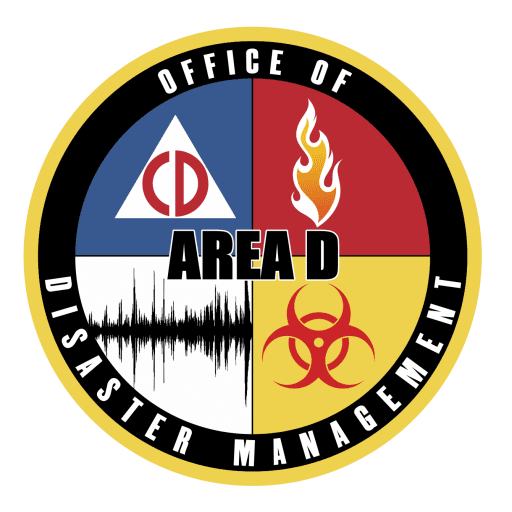Background
By mutual agreement, the Los Angeles County Sheriff’s Department and the forty-seven (47) local police departments within the county have agreed to provide each other with mutual aid in the event of a major unplanned event which would impact law enforcement resources. In order to best utilize mutual aid resources, the county has been divided into eight geographic areas, “A” through “H.” These areas are currently based on Disaster Management Area configurations which were redefined in the mid 1990s.
Also, within each area are LASD “contact” stations. These contact stations are typically the closest geographically located station to a particular local police department.
Law Enforcement Agencies
By mutual agreement, the Los Angeles County Sheriff’s Department and the forty-seven (47) local police departments within the county have agreed to provide each other with mutual aid in the event of a major unplanned event which would impact law enforcement resources. In order to best utilize mutual aid resources, the county has been divided into eight geographic areas, “A” through “H.” These areas are currently based on Disaster Management Area configurations which were redefined in the mid 1990s.
Also, within each area are LASD “contact” stations. These contact stations are typically the closest geographically located station to a particular local police department.
Each mutual aid Area selects a local police department agency to be the “lead” police department. Azusa PD is the lead agency in Area “D”. An agency acting as the lead agency for their Area Platoon will have one (1) designated person from their department to oversee the mutual aid activities, Lt. Cory Leeper is the designated Law Enforcement Coordinator (LEC) with assistance from Area D, Disaster Management Area Coordinator as the Civilian Suport (CS).
- Arcadia PD
- El Monte PD
- Irwindale PD
- Monrovia PD
- Sierra Madre PD
- Azusa PD
- Cal Poly Pomona PD
- Claremont PD
- Covina PD
- Glendora PD
- La Verne PD
- Pomona PD
- Baldwin Park PD
- West Covina PD
Area D Platoon Activation
When a mutual aid request is made from a local police department for their Area, the request goes through the Area D DMAC Diana Manzano-Garcia by calling 24/7 mobile number 626-201-0919. Example: Claremont PD has a major disturbance at a nightclub that escalates into a riot in their downtown area. Their request for Area D Platoon Activation to handle the situation would consist of a notification to the Area D DMAC. Area D CS will, in turn, contact the lead agency LEC, and begin calling other agencies within Area D.
Mutual aid is a request from an Area for 50% of a police department’s uniformed field force for a major event/incident such as civil unrest, large fire, earthquake, or other type incidents that have overwhelmed the local law enforcement’s ability to respond effectively to the incident.
Assistance is an immediate request for help by a mutual aid law enforcement agency such as Monterey Park PD requesting three units to help with a barricaded suspect situation.
The following procedures are to be implemented when a mutual aid law enforcement agency from Area “D” requests mutual aid, not assistance.
Mutual Aid Request Procedures
The appropriate and preferred method of requesting mutual aid (Area D Platoon Activation) is for the requesting agency’s watch commander to contact Area D.
- Area D DMAC Civilian Support 626-201-0919
- La Verne PD Law Enforcement Coordinator Lt. Cory Leeper 909-485-5684
- Call the Area D Disaster Management Area Coordinator (or Platoon Coordinator if available) and provide your name, rank, police department and call back number.
- Confirm that the request is for Mutual Aid Area D Platoon Activation.
- State the reason/type of incident for the request: i.e. fire, civil unrest, etc.
- State if the request is for 50% of the uniform personnel from the agencies in Area “D” or more: i.e. region, whole department etc. Also, state if LASD presence will be requested.
- State the exact location of the staging area, command post (including Thomas guide page and grid if applicable), and the name and rank of the Incident Commander (if available).
- Confirm the radio frequency that will be used for the operation or if there is a mutual aid frequency request.

